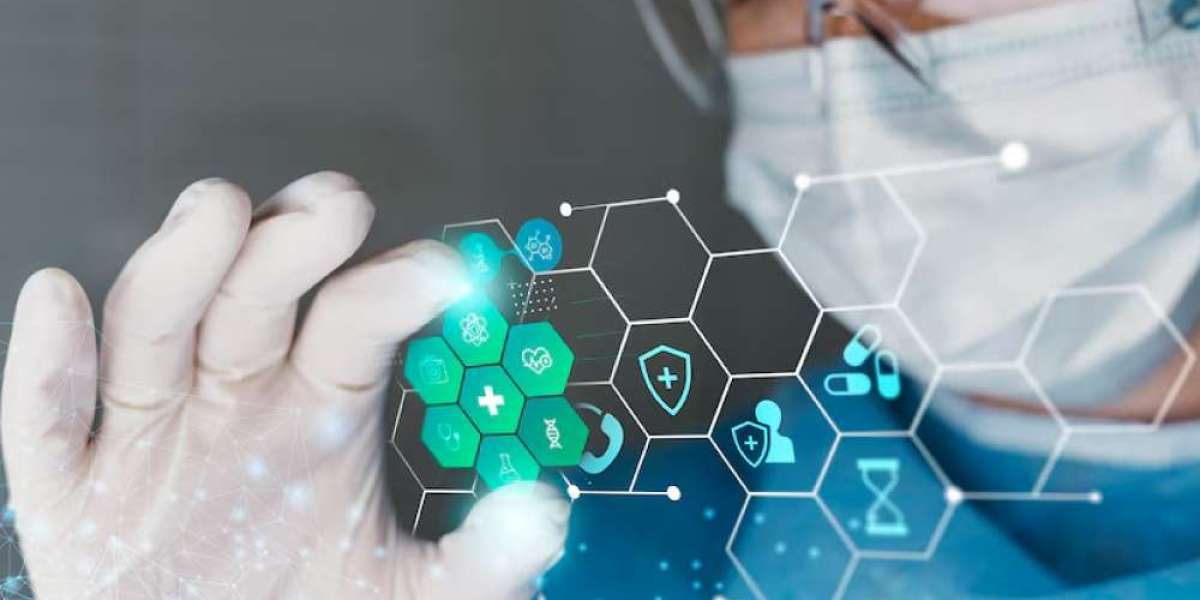Understanding Down Syndrome: Beyond the Diagnosis
When you hear the words “Down syndrome,” what comes to mind? For many, it's a genetic condition. For others, it's a set of medical challenges. But to the families, caregivers, and individuals living with Down syndrome every day, it means something much deeper—strength, love, resilience, and unique potential.
Let’s take a human look at what Down syndrome really is, how it affects lives, and how society is evolving to embrace and empower those with this condition.
What is Down Syndrome?
Down syndrome is a genetic disorder caused by the presence of an extra copy of chromosome 21. This condition, also known as Trisomy 21, affects about 1 in every 700 babies born globally. While it influences physical and cognitive development, it's important to understand that every person with Down syndrome is unique in their abilities and health needs.
There are three types of Down syndrome:
Trisomy 21 (about 95% of cases): every cell has an extra chromosome 21.
Translocation (about 4%): part of chromosome 21 becomes attached to another chromosome.
Mosaicism (about 1%): some cells have the extra chromosome, others do not.
While the genetic cause is the same, how it affects a person’s life varies widely.
Looking Beyond the Diagnosis
Too often, Down syndrome is reduced to a list of symptoms: low muscle tone, delayed development, distinctive facial features. But behind the diagnosis are real people—children with boundless curiosity, teens discovering their passions, and adults building careers, relationships, and fulfilling lives.
Meet Aanya, a ten-year-old girl from Pune who was born with Down syndrome. At first, her parents were overwhelmed by medical terms and concerns about her future. But with early intervention, speech therapy, and unconditional love, Aanya is now thriving. She dances, paints, and goes to a mainstream school. Her laughter lights up every room she enters. Her story is not rare—it's one of many that show how people with Down syndrome are not defined by their condition.
Early Intervention Makes a Difference
One of the most critical aspects of supporting individuals with Down syndrome is early intervention. This includes:
Physical therapy for motor skills
Occupational therapy for daily tasks
Speech-language therapy for communication
Special education strategies
These supports, especially when started early in childhood, can significantly enhance development and independence. And more importantly, they build confidence—something every child deserves.
Health Challenges and Medical Care
While many people with Down syndrome live healthy, active lives, they are at greater risk for certain medical conditions, such as:
Congenital heart defects
Hearing and vision problems
Thyroid dysfunction
Sleep apnea
Leukemia (in rare cases)
Regular health checkups, early screenings, and a strong relationship with a trusted healthcare provider are essential. Today, thanks to medical advancements, the life expectancy of individuals with Down syndrome has increased dramatically—from an average of 25 years in 1983 to over 60 years today.
Breaking Barriers: Education and Employment
Historically, people with Down syndrome faced limited access to education and job opportunities. But that’s changing. Inclusive education models are enabling students with Down syndrome to learn alongside their peers, not only improving academic skills but also fostering social development and acceptance.
In the working world, more employers are realizing the value of diversity and inclusion. Adults with Down syndrome are finding meaningful employment in offices, restaurants, art studios, and more. They bring dedication, joy, and a fresh perspective to every team they join.
The Role of Families and Communities
The journey of raising a child with Down syndrome is one of patience, learning, and unconditional love. Families often become advocates, educators, and support systems. But they don’t walk alone—support groups, community programs, and national organizations provide a network of shared experiences and resources.
Communities also play a crucial role. Simple gestures like inclusive playgrounds, patient teachers, or respectful representation in media can go a long way. When society steps up with empathy, everyone wins.
Shifting the Narrative
There was a time when a Down syndrome diagnosis was seen as a limitation. But today, it’s increasingly seen as just one part of a person’s identity. Social media has become a powerful tool for spreading awareness and breaking stereotypes. Families are sharing real stories of joy, achievement, and the everyday moments that matter.
Look at international model Ellie Goldstein or Indian actor Pranjal Patil—individuals with Down syndrome and other disabilities are making their mark, proving that inclusion isn’t just possible; it’s powerful.
Browse More Reports:



